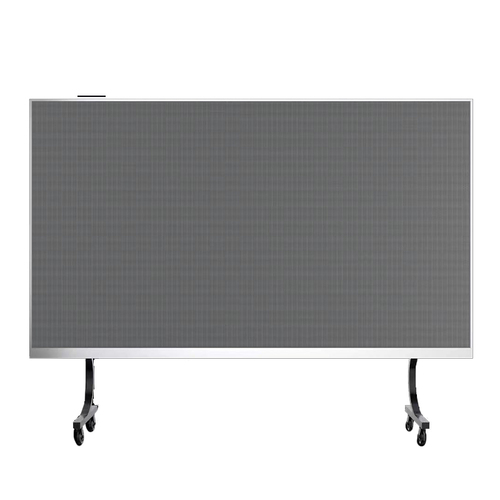LED display screen structure
LED display screen is a widely used display device in modern society, and its structural design and working principle contain rich technical knowledge. This article will provide a detailed introduction to the basic components, working principles, and applications of LED displays in different situations.
The basic components of an LED display screen mainly include LED beads, driver circuits, control systems, display panels, and casings. Each part has its unique function and importance.
LED beads are the core part of the display screen, responsible for emitting light. LED (Light Emitting Diode) technology is widely used due to its advantages of energy saving, high brightness, and long lifespan. Each LED bead is usually composed of diodes in three colors: red, green, and blue (RGB). By adjusting the brightness of these three colors, rich color combinations can be achieved to display various images and text.
The driving circuit is responsible for controlling the on/off and brightness adjustment of the LED beads. It receives signals from the control system and converts them into currents and voltages suitable for LED bead operation. Different driving circuits can achieve different control effects, such as dynamically changing display content.
The control system is the ‘brain’ of the entire LED display screen, responsible for processing input signals and converting them into display content. Control systems typically include a microprocessor and memory that can store and process multimedia information such as images and videos. The performance of the control system directly affects the display effect and response speed of the screen.
The display panel is the exterior part of an LED display screen, which is composed of multiple LED beads arranged in a certain way. The size, resolution, brightness, and other parameters of the display panel can affect the clarity and viewing effect of the display. There are two common types of display panels: indoor and outdoor. Outdoor display panels need to have waterproof, dustproof, and UV resistant characteristics to adapt to various harsh environments.
The outer shell is used to protect internal components and is usually made of aluminum alloy or plastic material. The shell not only needs to have good physical strength, but also needs to consider heat dissipation performance to prevent malfunctions caused by overheating during long-term use.
Next, let’s discuss the working principle of LED display screens. When the control system sends out signals, the driving circuit receives and processes these signals, and controls the on/off and brightness of the LED beads through current. Different combinations of light beads and changes in brightness ultimately form the image or video content we see. Due to the fast response characteristics of LED displays, they can update display content in real time, which has made LED displays widely used in advertising, performances, sports events, and other occasions.
The application scenarios of LED display screens are very diverse. In commercial advertising, LED displays are commonly used in public places such as shopping malls, streets, and stations to attract customers’ attention and convey brand information. In performances and events, LED displays are used as stage backgrounds or screens to enhance the atmosphere and improve the visual experience of the audience. In the field of transportation, LED displays are used to display traffic information, weather forecasts, etc., helping drivers obtain timely information. LED displays also play an important role in sports venues, updating game information and athlete data in real-time.
With the development of technology, the technology of LED display screens is also constantly advancing. Nowadays, many high-end LED displays have features such as high definition, high color reproduction, and wide viewing angle, meeting higher display demands. With the introduction of intelligent technology, LED display can also be connected to the Internet to achieve remote control, data analysis and other functions, providing users with a more flexible and convenient use experience.
Of course, LED displays also need to pay attention to some maintenance and upkeep issues during use. Regularly check the power and drive circuits to ensure their proper functioning. Keep the surface of the display screen clean to avoid dust and dirt affecting the display effect. When not in use for a long time, the power should be turned off to extend the service life of the LED beads.
Overall, LED displays have become an important tool for modern information dissemination and advertising display due to their high efficiency, energy efficiency, and versatility. With the continuous advancement of technology, future LED displays will become more intelligent, environmentally friendly, and bring more convenience to our lives. I hope that through this article, everyone can have a clearer understanding of the structure and working principle of LED display screens, and I also look forward to seeing more advanced and innovative LED display technologies in the near future.
 How to choose the right LED display for your application?
How to choose the right LED display for your application?
 What is meant by LED display?
What is meant by LED display?
 How to tell if my LED screen needs calibration?
How to tell if my LED screen needs calibration?
 How often should LED screens be calibrated?
How often should LED screens be calibrated?
